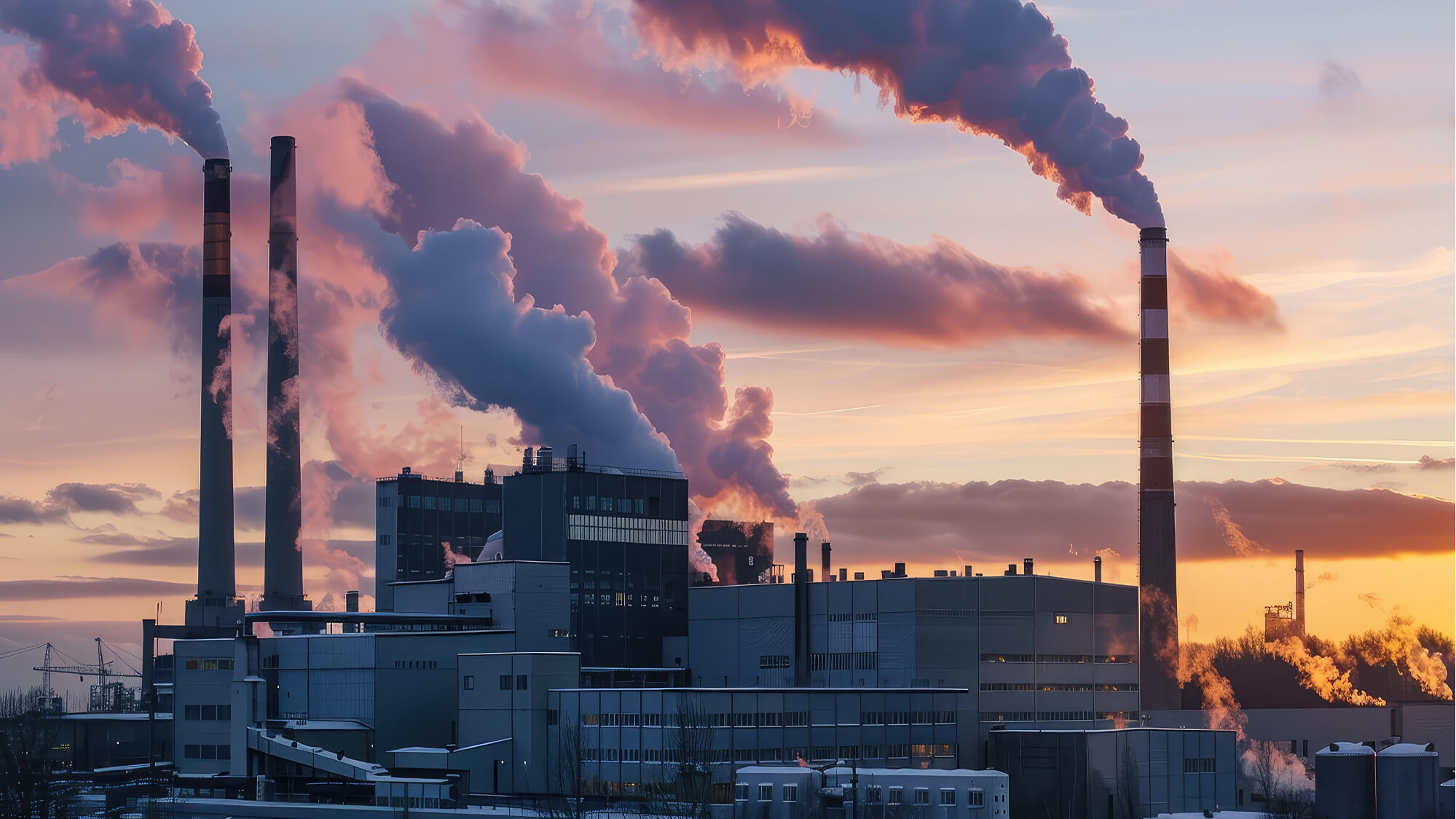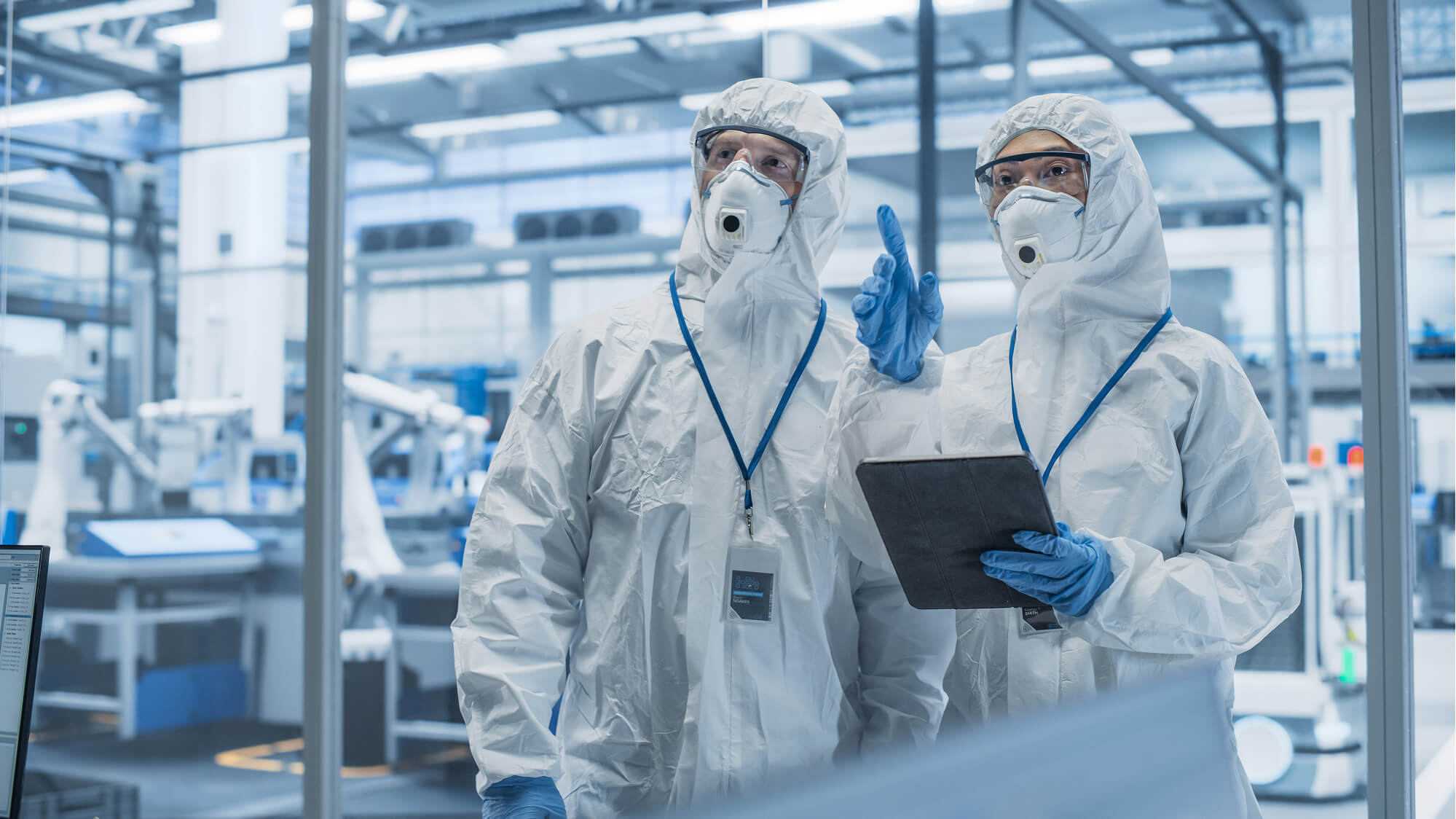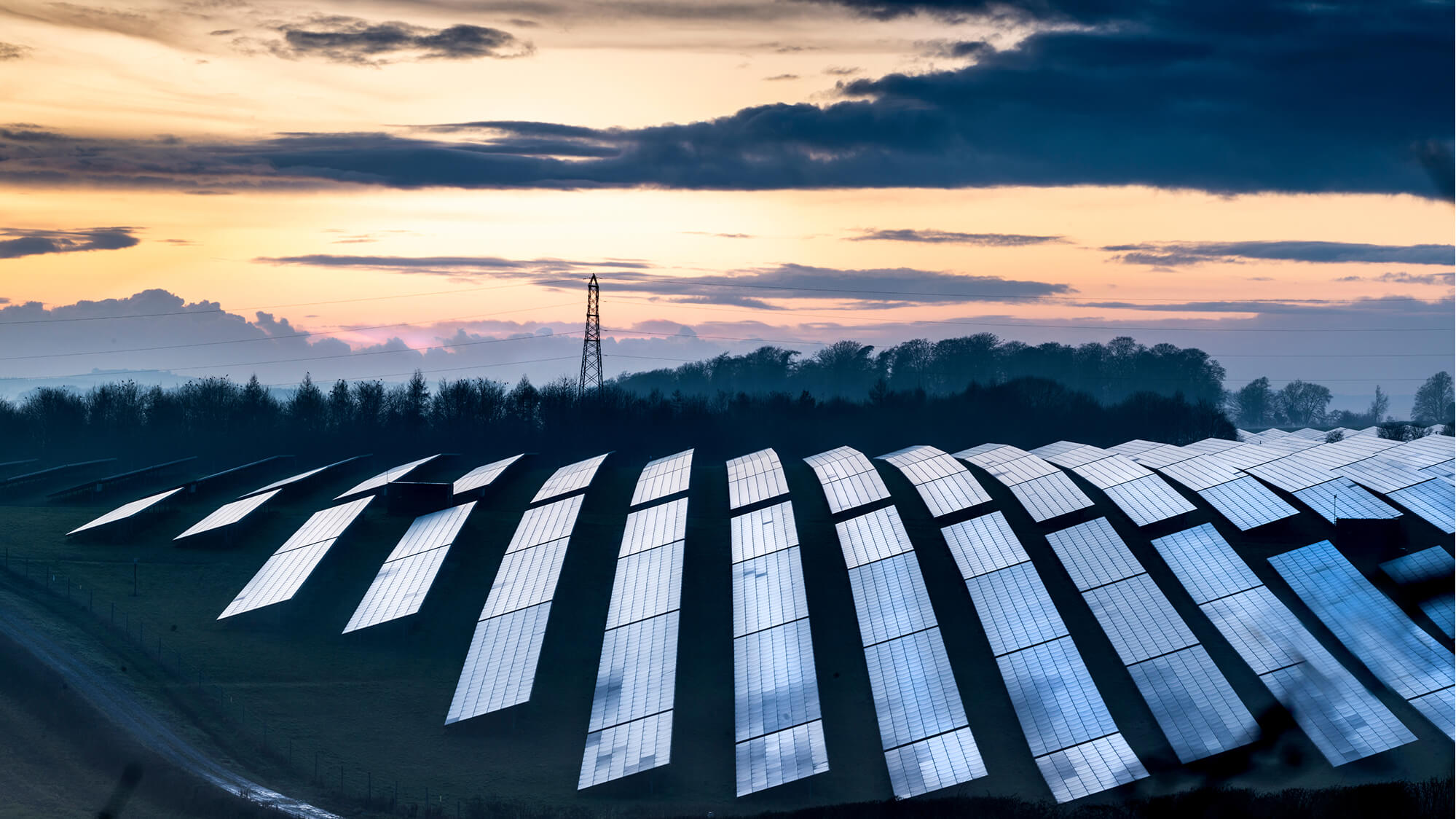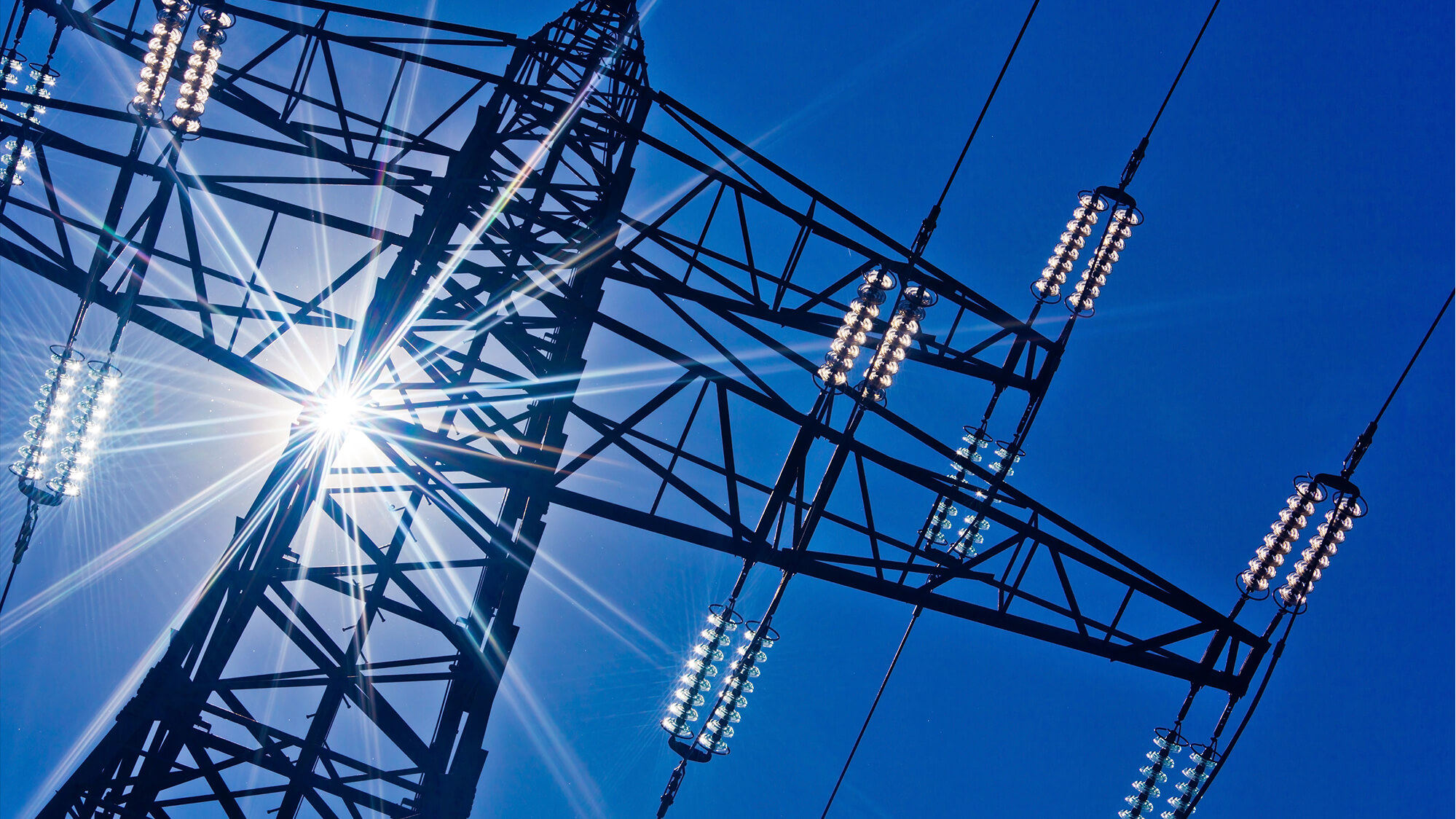The Reuters news staff had no role in the production of this content. It was created by Reuters Plus, the brand marketing studio of Reuters.

Produced by Reuters Plus for

Disclaimer: The Reuters news staff had no role in the production of this content. It was created by Reuters Plus, the brand marketing studio of Reuters. To work with Reuters Plus, contact us here.


















Realizing the ambition of�decarbonizing manufacturing
Cutting carbon emissions from a complex manufacturing operation can be a daunting challenge, requiring significant investment and posing risks to production.
But with global temperatures rising at an alarming rate – 2024 was the hottest year on record – the need to cut carbon in the battle against climate change has never been more urgent. From breweries to pharmaceutical plants, manufacturers worldwide face growing pressure from customers, investors and regulators to reduce their carbon footprints.��Manufacturers alone account for 25% of global emissions, but risk missing decarbonization targets without urgent action, according to the International Energy Agency. “Progress is occurring far too slowly. As electricity demand continues to grow, energy efficiency improvements could provide larger emissions reductions by 2030 than anything else," says the body, citing continued use of fossil fuels, limited electrification and lagging recycling efforts.
A power station at sunset with three smokestacks and boiler house visible
The green cost-benefit equation
New regulations are heaping pressure on businesses to reduce their carbon output, such as the EU’s Energy Efficiency Directive and Corporate Sustainability Reporting Directive. And many manufacturers have signed up to the Science Based Target Initiative, which sets the milestones companies need to hit to reach their net zero emissions targets by mid-century in accordance with the Paris Climate Agreement.��Yet manufacturers worry about the costs of decarbonization, the risks of switching to electricity - such as the possibility of outages - and the potential for missing out on low-cost fossil fuels. But Aoife Kelly, Sustainable Design Lead for Life Sciences and Pharmaceuticals at engineering consultancy Arcadis, says that reducing energy consumption and transitioning to clean energy offers substantial long-term savings and the prospect of energy independence.
Aoife Kelly Sustainable Design Lead - Life Sciences and Pharmaceuticals, Arcadis
“Decarbonization makes sense financially. Reducing carbon cuts your costs – the two go hand in hand. Continuing with fossil fuels could cost a lot more in the long run.”
Kelly says there are solutions such as renewable fuel generators and backup electrical batteries that can kick in if the electric power supply fails. “Decarbonization makes sense financially. Reducing carbon cuts your costs – the two go hand in hand. Continuing with fossil fuels could cost a lot more in the long run,” she says. Fully reaping the rewards of these cost savings, however, is a two-step process.��The first two steps to realizing these cost savings are clear. Firstly, understand when and where your energy is being used. Utilize this data to establish a baseline, which will serve as the foundation for identifying decarbonization opportunities. From this baseline, a roadmap can be developed, aligning with your company’s targets, timeline, capital expenditure (CapEx) investments, and projected operational expenditure (OpEx) savings.
Secondly, apply energy-efficient design techniques to your manufacturing processes to significantly reduce energy consumption and drive sustainable operational improvements. This includes measures such as optimizing your building management systems to improve the energy efficiency of the production process, moving to continuous manufacturing, and reducing the need for high/low temperature systems.
A solar PV array at dusk with a powerline and clouds in the background
Powering change
Once energy use has been minimized, businesses should transition to renewable energy sources where possible. They then need to replace fossil-fuel powered systems with renewable energy sources. The problem is that many companies see natural gas as highly reliable, while the renewable power supply can be interrupted, potentially bringing the whole production line to a halt. Low-carbon systems that can back up electric power supplies do exist, however. Back-up battery generators stabilize grid power, reduce transient voltage drops, and maximize on-site renewable energy use to lower emissions. Excess renewable energy can be sold back to the grid, with some regions offering compensation for battery storage systems.��To achieve net zero, manufacturers can generate their own renewable energy sources, such as installing solar panels over car parks and on buildings, building wind turbines, introducing heat pumps and deploying biomass waste converters. This enhances energy independence, making them less dependent on fluctuating fossil fuel prices – a major issue for many European companies following the Ukraine war which led to a spike in energy prices.
A key element of any decarbonization roadmap is managing financial investments and understanding their source within the business—whether from CapEx (typically funded by corporate) or OpEx (often covered by the site). To identify the most effective solution, it’s essential to consider metrics like Total Cost of Ownership (TCO) or Net Present Value (NPV). While these are not new concepts, integrating TCO with carbon reduction (€ per tCO2 reduced) provides valuable insights into cost efficiency. This approach enables us to calculate and present the Marginal Abatement Cost (MAC), offering clients a clear view of the most cost-effective pathways to achieve both near-term and long-term carbon reduction targets.

Aoife Kelly Sustainable Design Lead - Life Sciences and Pharmaceuticals, Arcadis
“Once the capital investment is returned which can take, on average, 4 to 10 years, the operational saving can then be re-invested into other areas of the business.”
Kelly says the positive return on investment from decarbonization has been demonstrated time and again. One example is a 22,000m sq biopharmaceutical facility in Europe, a fossil fuel-free site, powered by renewable electricity from a nearby windfarm with onsite Solar PV generating approximately 603 MWh of electricity per annum. A 2.5MWh Battery Energy Storage System (BESS) provides backup power functionality to the site. Using Energy Efficient Design the company acheived a 78% reduction in scope 1 emisssions saving 1.7m kWh annually.��“Once the capital investment is returned which can take, on average, 4 to 10 years, the operational saving can then be re-invested into other areas of the business,” she says.
The sun shines through the struts of an electricity pylon
The power of expert support
Given the complexity of manufacturing operations and the expertise required for decarbonization, manufacturers cannot achieve net zero alone. They need to work with sustainability specialists to analyze energy usage, help design a net zero roadmap and advise on the necessary steps.��Global brewer Heineken worked with a number of consultancies including Arcadis to realize its net zero carbon emissions target, beginning with decarbonizing 50 of its sites worldwide. The company recognizes that the complexity of its operations – with 180 sites in 70 countries – means it must work with sustainability consultants to achieve its goals.��As part of the plan, each local site takes a tailored approach. A brewery in sun-drenched Mexico could switch to solar power, while a site in Northern France might reuse spent grains to generate biomass to provide power.
Jaap van den Heuvel Sustainability Advisory Lead The Netherlands, Arcadis
“Net zero is not only about technical solutions though, it’s also about balanced decision-making towards a sustainable and profitable future.”
But while many company leaders have committed to reaching net zero within 20 years, the task of decarbonizing operations is passed down to operational and technical teams. They must make complex calculations to create a road map to net zero, assessing the costs, energy usage and technological fixes involved in switching to clean energy.��“Net zero is not only about technical solutions though, it’s also about balanced decision-making towards a sustainable and profitable future. And because this future is full of uncertainties, we encourage our clients to start scenario thinking now. It will help with making the right decisions tomorrow,” says van den Heuvel.
Two people in hazmat suits, gloves and masks, with machines and robotic arms in the background
Balancing present needs with long-term aims
One of the biggest challenges is achieving the long-term net zero goal while also hitting short term operational and financial targets, such as increasing production and lowering production costs.��“It is great to see developing technologies influencing balanced decision-making towards net zero,” says van den Heuvel. “A good example of this is the development of industrial heat pumps, an extremely energy efficient electrification step where waste heat can be upgraded to hot water or steam. The development of hybrid steam boilers is another great example. These allow clients to switch from natural gas to biogas or even electricity. These technical developments enable our clients to make decisions today instead of waiting for tomorrow.”��Customer demand is one of the key factors driving the urgency of decarbonization. Many businesses have pledged to reduce their Scope 3 emissions – emissions created in their supply chain by both suppliers and customers. Food and drink manufacturers are required to decarbonize by retailers. Health authorities, such as the UK’s NHS, which purchase from pharmaceutical companies, require them to lower their carbon footprint. The pressures on manufacturers to hit net zero are multiplying.��But every sector has its own challenges when it comes to decarbonization and there is no single approach. Those making the biggest strides in lowering carbon emissions are often high margin sectors that can afford the initial investments.
Martijn Karrenbeld Global Market Sector Director, Industrial Manufacturing, Arcadis
“I expect companies to stick with and even accelerate their net zero ambitions independently of the political landscape.”
Pharmaceutical companies are making significant investments in decarbonization as they seek to demonstrate long-term thinking and corporate social responsibility. While trying to improve human health, they want to show that they are also contributing to improving the health of the planet. Pharma companies have comparatively high carbon footprints, accounting for some 4.9% of global emissions compared to 3.5% for the aviation industry.��Martijn Karrenbeld, who leads client development globally for the industrial manufacturing sectors at Arcadis, says some sectors are still waiting for the right technology to make decarbonization feasible. The chemical industry is still heavily dependent on fossil fuels for key processes.��They have recently developed an electric “cracker” at small scale as a demo-plant. This is an essential piece of equipment which breaks down feedstocks into smaller molecules. This is a good start, but full-scale deployment is needed if the impact is to be big as hoped.��Karrenbeld is confident, however, that innovation will advance rapidly, and technology will be developed to enable most manufacturing processes to be electrified and powered by renewable electricity or green hydrogen.
Politics, profits and purpose
With a more climate-sceptic US administration promising to pull out of the Paris Climate Agreement for a second time and vowing to support widespread drilling for oil, this could drive down the price of fossil fuels. That may undermine the economic case for decarbonization. But it could also increase competition and drive greater innovation in electrification.��Financial factors are not the only concerns that businesses must address through decarbonization, says Karrenbeld. Manufacturers need to prove that they are good corporate citizens which operate responsibly. Rapid decarbonization can also contribute to a positive brand reputation with stakeholders. “I expect companies to stick with and even accelerate their net zero ambitions independently of the political landscape,” he says. “We have to act today.”
Smart investments today build a resilient future
Learn more
Disclaimer: The Reuters news staff had no role in the production of this content. It was created by Reuters Plus, the brand marketing studio of Reuters. To work with Reuters Plus, contact us here.
Martijn Karrenbeld Global Market Sector Director, Industrial Manufacturing, Arcadis
Jaap van den Heuvel Sustainability Advisory Lead The Netherlands, Arcadis
Aoife Kelly Sustainable Design Lead - Life Sciences and Pharmaceuticals, Arcadis
Aoife Kelly
Sustainable Design Lead - Life Sciences and Pharmaceuticals, Arcadis






The Reuters news staff had no role in the production of this content. It was created by Reuters Plus, the brand marketing studio of Reuters.

Produced by Reuters Plus for


Realizing the ambition of�decarbonizing manufacturing


